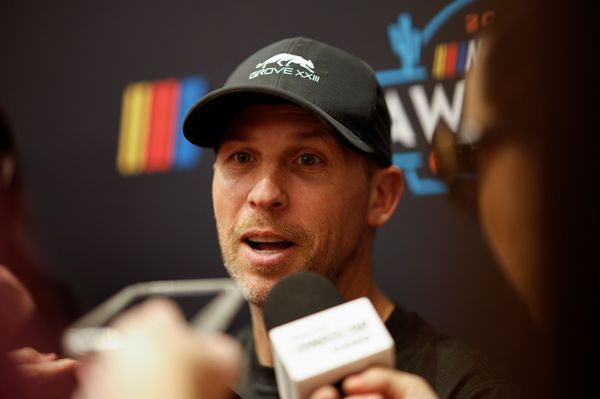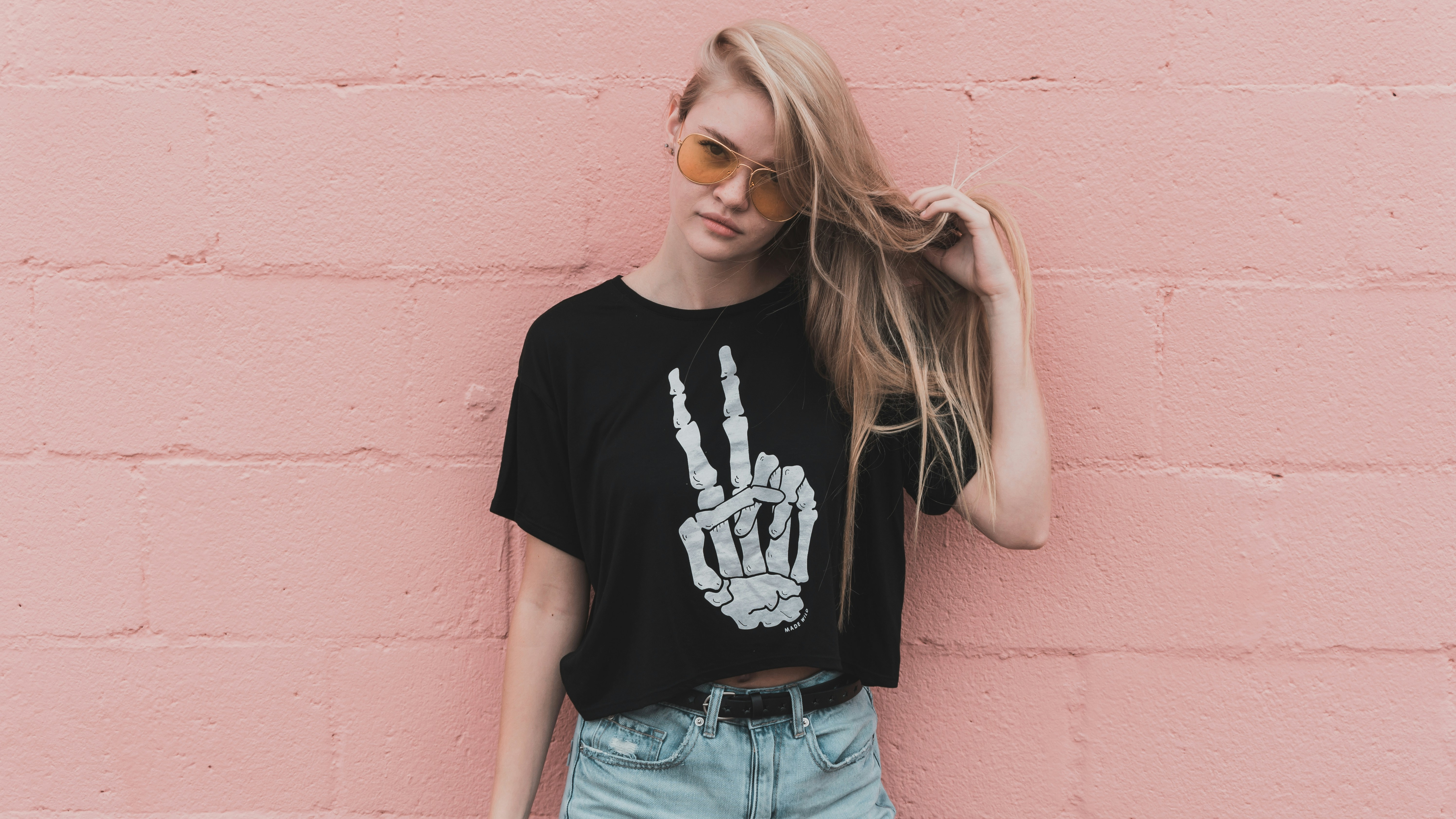
With our top t-shirt design tips, you'll be able to turn your ideas into wearable reality. Whether you're an illustrator, graphic designer or typographer, putting your designs onto T-shirts can be both a source of fun and potentially a money-spinner – but the process can be daunting if you're new to it.
We've teamed up with design expert Mike Ng, Head of Brand and Creative at Love2shop, to bring you some top T-shirt design tips, from what to consider with the design itself to the practicalities of printing your designs onto T-shirts.
For more creative inspo, check out our list of the best print ads of all time, and we also have a rundown of the greatest album covers ever, many of which have made their way onto T-shirts over the years.
01. Take time to explore your T-shirt design concept

Naturally, the first order of business for your T-shirt is going to be the concept, and this is the part that's worth really taking your time over. We'll explore lots of different ways to improve your T-shirt designs throughout this piece, but one of the most important things to keep in mind is that you can be patient with the creative process.
"Don't rush the design process," says Mike Ng. "Sketch your T-shirt design out, go for a walk, create a few variations, have something to eat, do a full brainstorming process and sleep on it. And then do it all over again. If the design comes to you straight away, great, but take the time to explore other creative options just in case."
02. Imagine your design on a T-shirt
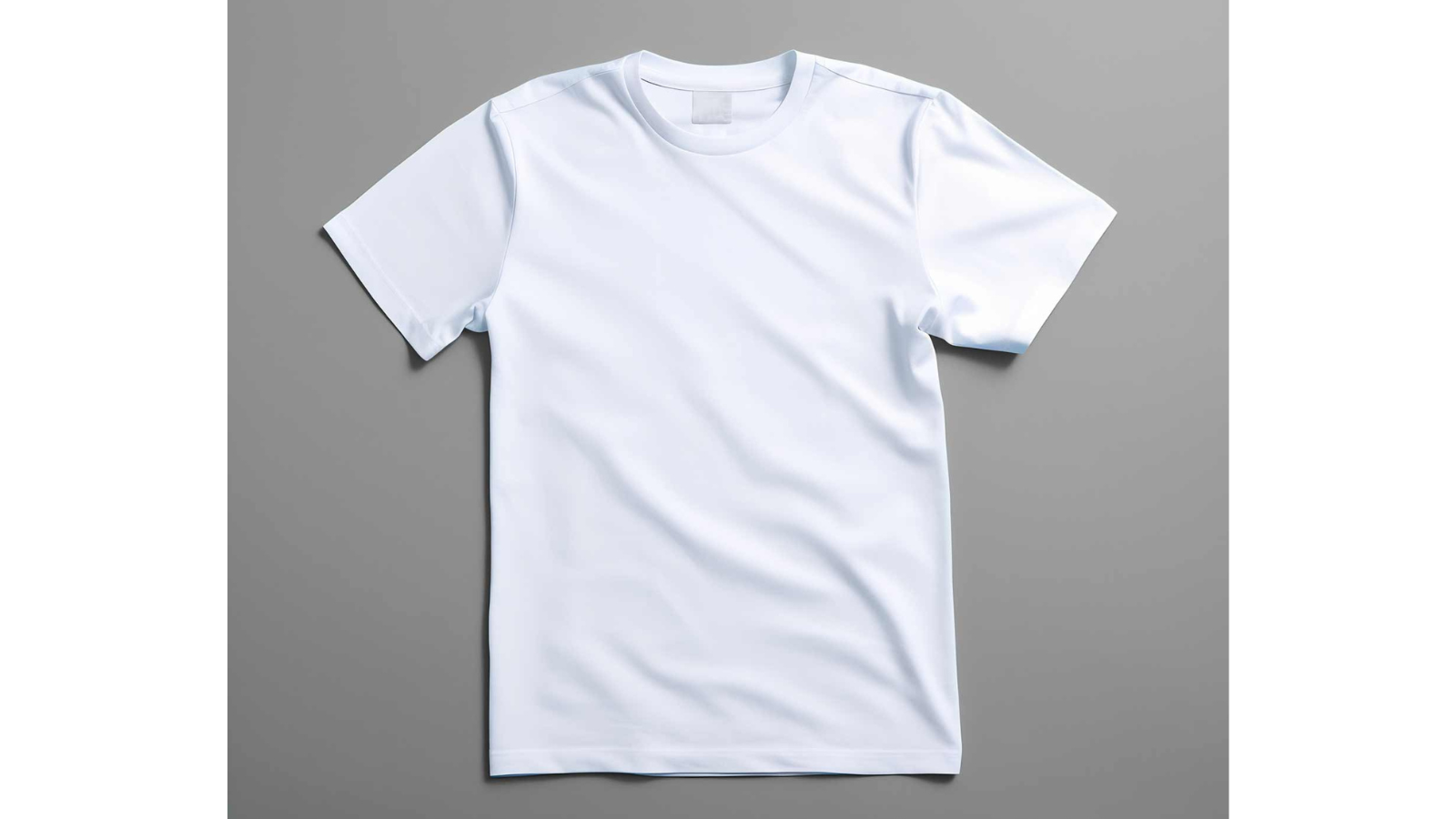
One aspect of the modern world that designers, artists and photographers have had to learn to negotiate is that pretty much any image looks brilliant when displayed on a beautiful, backlit screen – and may not have quite so much impact when translated to a physical medium.
"Anyone who's worked in both print and web knows that there's a vast difference between how a design looks on screen and the printed piece," says Mike.
All this is to say: the fact that your T-shirt concept looks great in Illustrator or Procreate doesn't necessarily mean it'll look as good when translated onto cotton. So, road-test it.
"Don't be afraid to mock up your T-shirt design on a photo of a model," Mike suggests. "Print it out if necessary and place it on an actual tee. Make sure you view your artwork at the actual size before you take it further."
03. Find your balance of detail vs simplicity
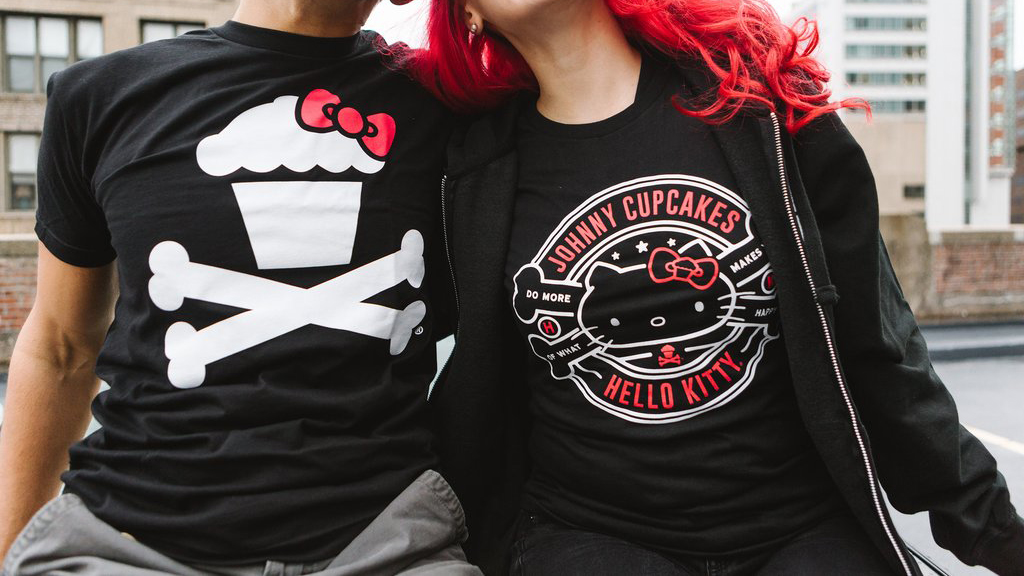
When you consider how detailed you want your design to be, there's a balance to strike. An incredibly detailed and intricate tee can be a really compelling thing, something that people enjoy studying for a long time and getting to notice all the little touches.
Equally, some of the most effective designs of all time are the simplest. A few well-chosen lines and shapes can conjure up an image or a feeling, and make for a truly striking tee.
Ultimately, Mike says, where you don't want to be is stuck between the two – with a design that is neither detailed enough to be interesting, nor simple enough to be striking.
04. Consider your market
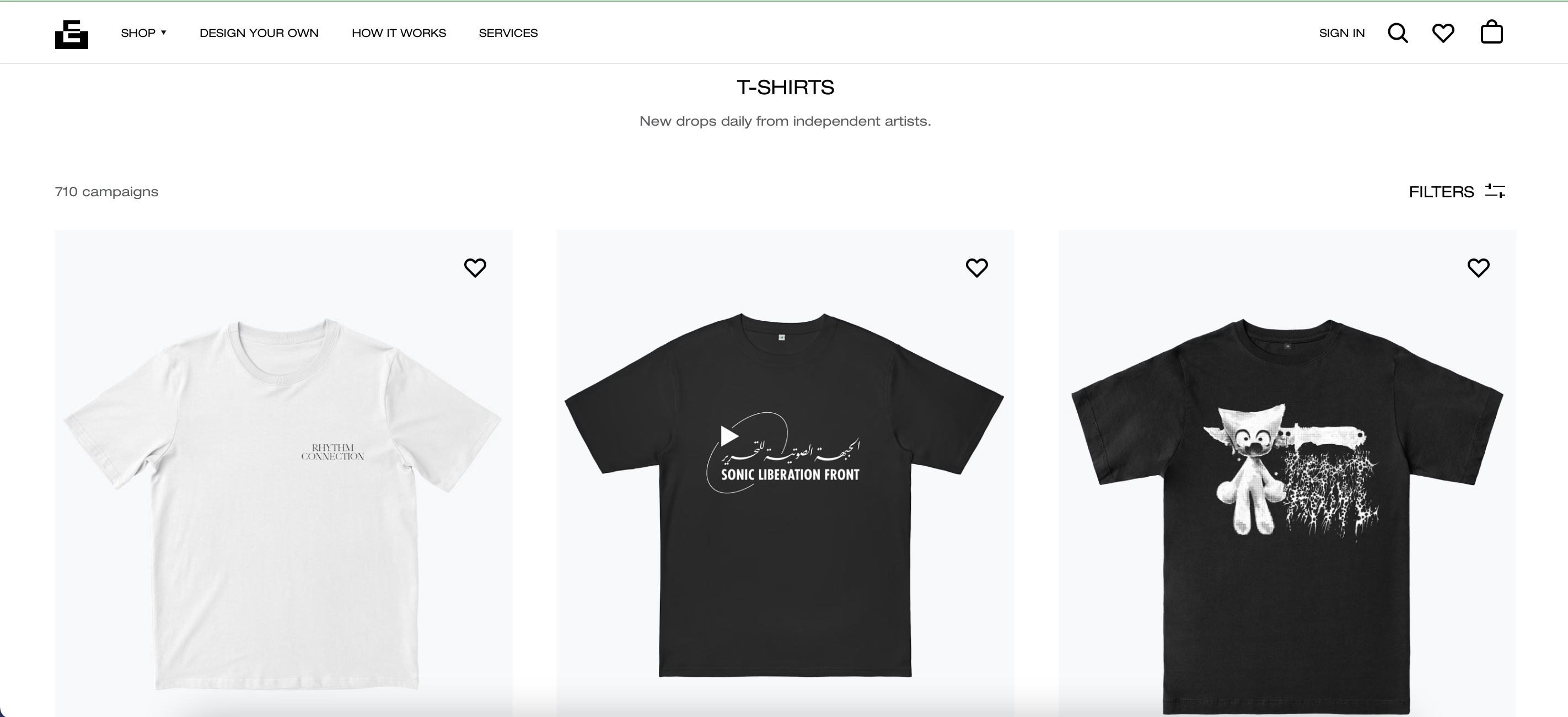
If you're just designed a tee for yourself, feel free to skip ahead – but chances are many of you are reading this with one eye on the idea of selling your T-shirt designs. If that's the case, then a question to ask yourself early on is: who are you selling them to? Young or old people? Men, women or all genders? Fans of a specific cultural property?
Mike says: "Like a good brand designer would do, try to put down a written description of the exact person you want to attract to your T-shirt design – who they are, what they like, what other brands they like and go from there."
05. Be careful with humour
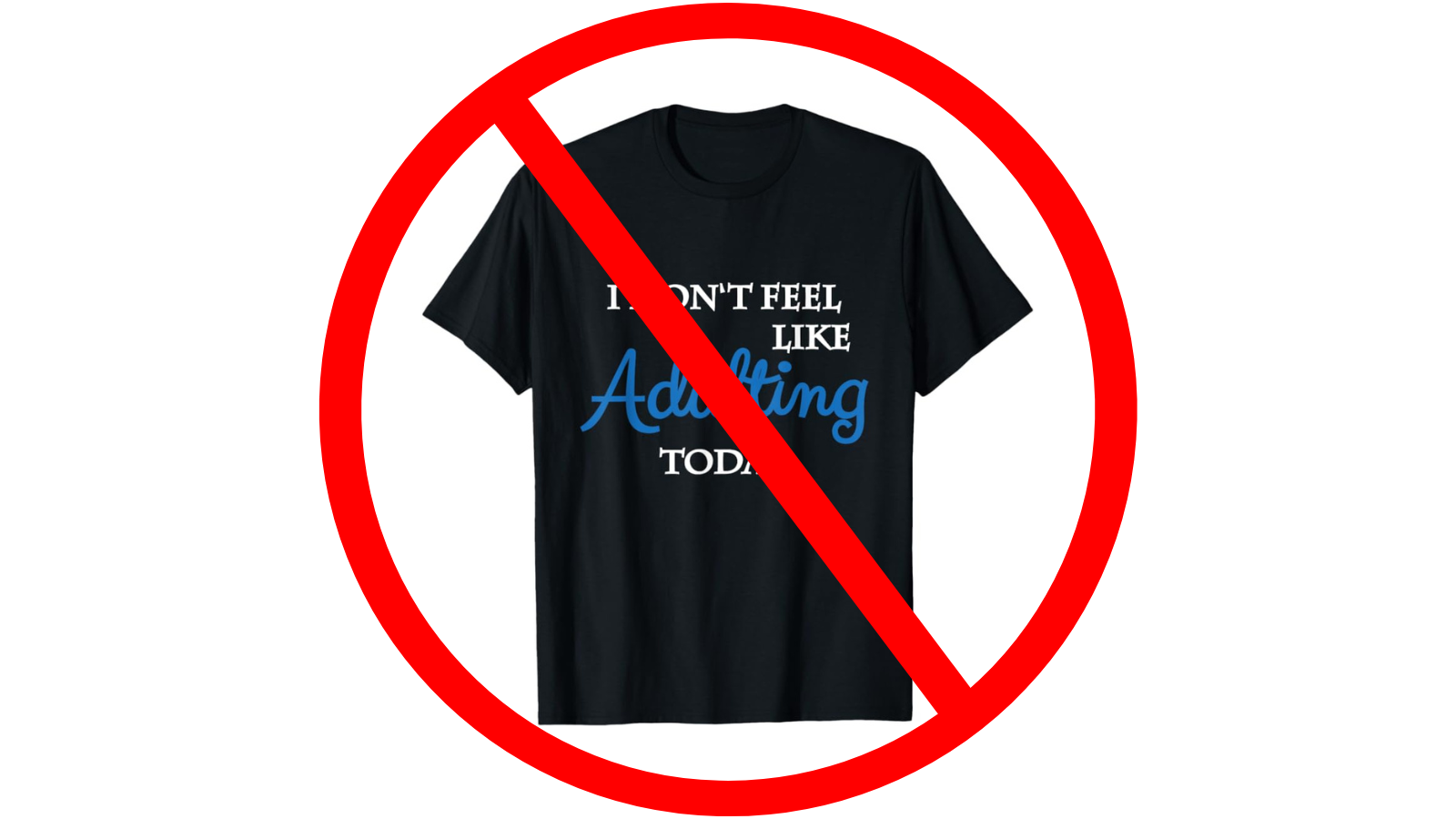
We're not saying it's impossible to make a good joke T-shirt – but it's definitely difficult, to say the least. A joke that is funny the first time you wear it is unlikely to be funny the tenth time, never mind the thirtieth or hundredth.
You want to avoid cheap jokes and groan-inducing humour, and you especially want to avoid offensive slogans on something you or others are intending to wear in public. Nobody likes the guy in the "Female Body Inspector" T-shirt. Nobody likes the guy in the T-shirt that's a reference to a Game of Thrones episode that came out in 2016. And that "Normal People Scare Me" T-shirt you bought at Camden Market in 2009 would be cringe even if it still fit you, which it doesn't.
"The most successful T-shirts to use humour do so in a subtle, clever way – even in the case of the loudest and most in-your-face designs," says Mike. "A lot of humorous tees grow tired quickly, but done correctly and with an original idea, humour can turn heads and raise a smile."
06. Choose the right colours

As with any form of design or illustration, working with colour is going to be key to making an attractive tee. Remember that you have options for the T-shirt colour itself beyond black or white, and choosing the right one could provide an effective complement or counterpoint to your design.
"Use the T-shirt colour effectively and try choosing complementary colours," says Mike. "If you're using Adobe Illustrator, turn on Global Colours. This can be an absolute lifesaver and will save you so much time. You can also use Halftones to make the most of the restricted colours you're allowed to use."
07. Prepare your artwork properly
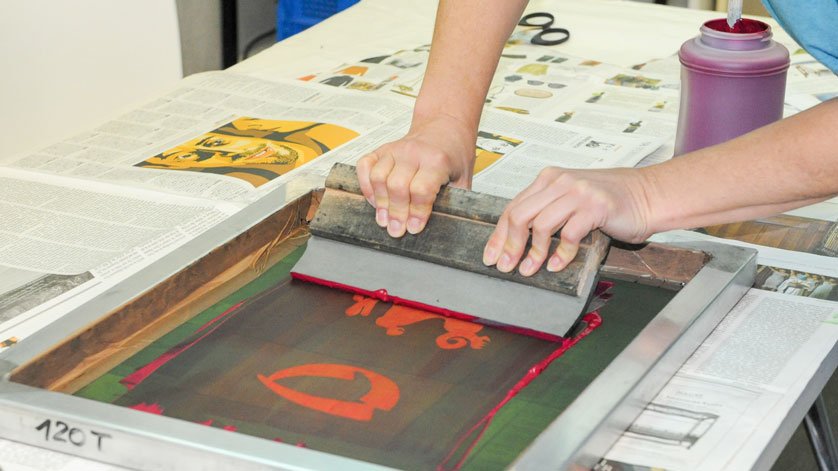
Once your design is finalised, it will of course need to be printed onto a physical T-shirt. In most cases, you'll be outsourcing that process to a professional, and there are a few things you can do to make life easier for them.
"Use Pantone Colours for screen-printing – your printer will love you for it," Mike recommends. "They'll also love you if you outline any text and expand any strokes you may have. There are plenty of good tutorials out there, both for Adobe Illustrator and Photoshop to take the time to get familiar with the process and your printer will be happy working with you."
08. Source a good printer
When getting a T-shirt printed, it pays to be choosy. There are a lot of companies out there that will happily take your money to print a T-shirt, but many of them will do so in the cheapest manner possible, leaving you with a tee that fades and falls apart after a few washes,.
"Your tee will only ever be as good as your printer," Mike warns. "Try a reputable company like White Duck in the UK. You could also give your local screenprinter a call. But it's important to take time to learn about the type of tee you want to print on."
It's worth taking the time to learn about the different weight, size and labelling options at your disposal, and a reputable printer should be happy to explain these to you. Ultimately, according to Mike, there's one key rule to follow: "Deal with a company that wants to treat your tee as an end retail product and will handle your work with care. Screenprinting is an art."
09. Get educated
You might think that you've come up with the most original T-shirt idea ever created – but have you? T-shirt design has a rich, voluminous history, and you may find that a few other people got to your idea first,
"Tees have emerged from every subculture phenomenon that has ever existed, whether it's music, skateboarding, street art, sport or general pop culture," says Mike.
"Do some reading, find out about T-shirt history and learn to appreciate it. Even designs that you don't like yourself can provide inspiration and insight into what people like to wear."
10. Stay ahead of the game
The previous tip comes with a caveat, however. Spending too much time soaking yourself in T-shirt history and culture can run the risk of making you into a trend chaser. Make sure you don't lose that spark of originality and creativity that inspired you to design T-shirts in the first place.
"It's fine to take inspiration from the latest trends, but to keep one step ahead you want to avoid copying them," Mike says. "Chances are that by the time any given T-shirt's been produced, its designers are already moving onto something else. Keep abreast of what's happening in fashion and elsewhere in pop culture, but try to forge your own path."





